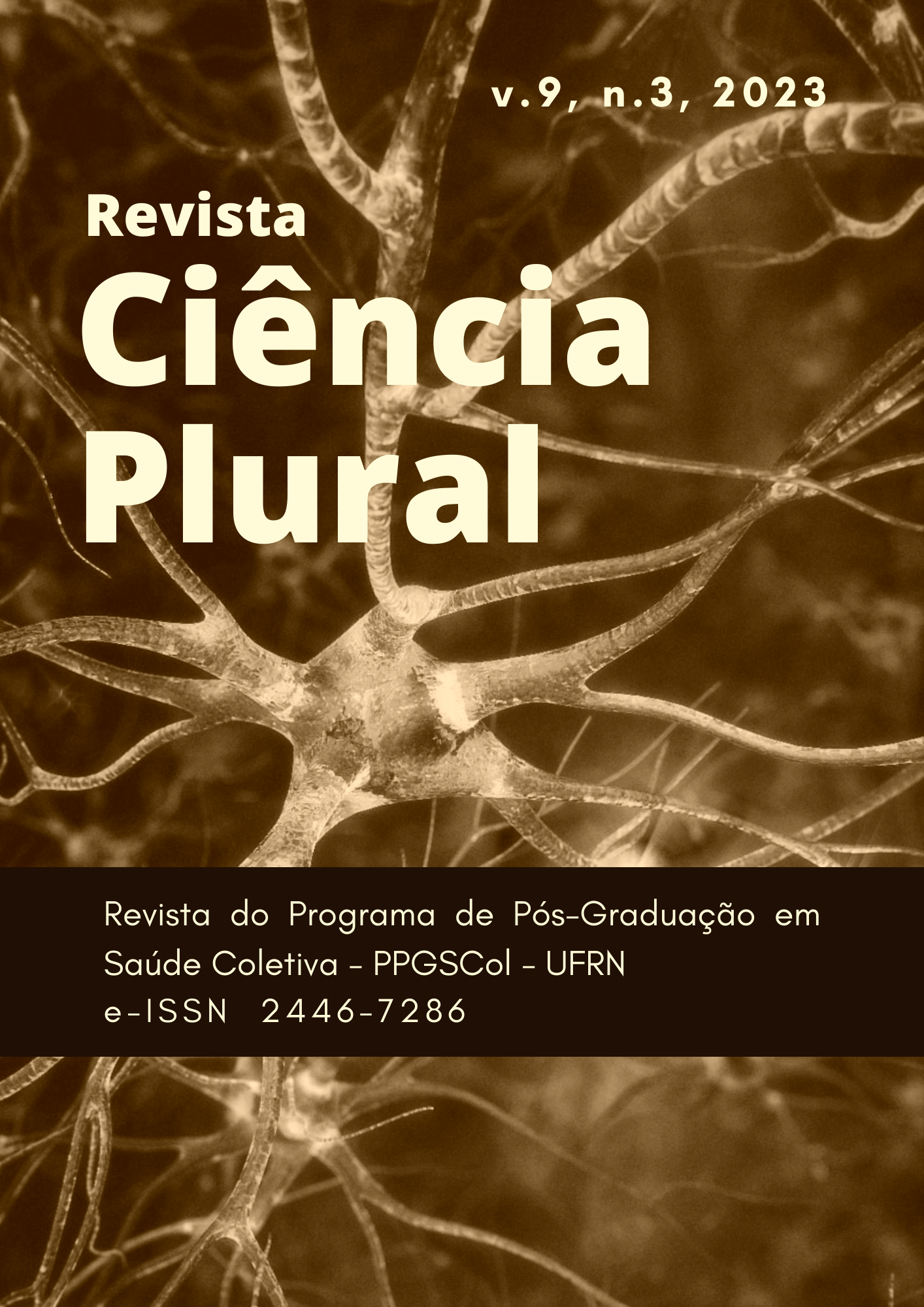Preparation of a multifuncional guide for planning implant-supported rehabilitation: case report
DOI:
https://doi.org/10.21680/2446-7286.2023v9n3ID32618Abstract
ABSTRACT
Introduction: The demand for implant-supported rehabilitations is increasing in order to achieve better aesthetics and masticatory function. Multifunctional guides can assist in guiding bone availability and contribute to planning the three-dimensional insertion of implants, following the principles of reverse planning. Objective: This study aims to describe the predictable results of implant-supported single crowns using multifunctional guides throughout the planning and treatment phases. Case report: A 44-year-old female patient (A.M.F) attended the Dental Prosthesis clinic of the Department of Dentistry/UFRN due to dissatisfaction with her removable prosthesis and smile aesthetics. The examination revealed the absence of tooth 12, with an interocclusal space of 5mm and a mesio-distal distance of 7mm. A guide was created using acrylic resin, which was filled with a stock tooth in the edentulous space. The tooth was then perforated at the center with a spherical drill n the cingulum region and filled with stick gutta percha. A cone beam computed tomography was performed with the guide in position to allow for implant planning, including inclination and favorable positioning, and to assess bone availability in the region. The images obtained provided a clear plan for implant insertion and identified the need for bone graft in an autogenous block due to the absence of bone availability in the region. Conclusion: The use of multifunctional guides can assist in different phases of treatment and allow for greater predictability of results in implant-supported single prosthetic rehabilitations.
Keywords: Multifunctional Guide. Dental implants. Reverse Planning. Dental Aesthetics.
Downloads
Downloads
Published
How to Cite
Issue
Section
License
Copyright (c) 2023 Revista Ciência Plural

This work is licensed under a Creative Commons Attribution-NonCommercial-ShareAlike 4.0 International License.
À Revista Ciência Plural ficam reservados os direitos autorais referente a todos os artigos publicados.

 Português (Brasil)
Português (Brasil) English
English Español (España)
Español (España)










2.png)
